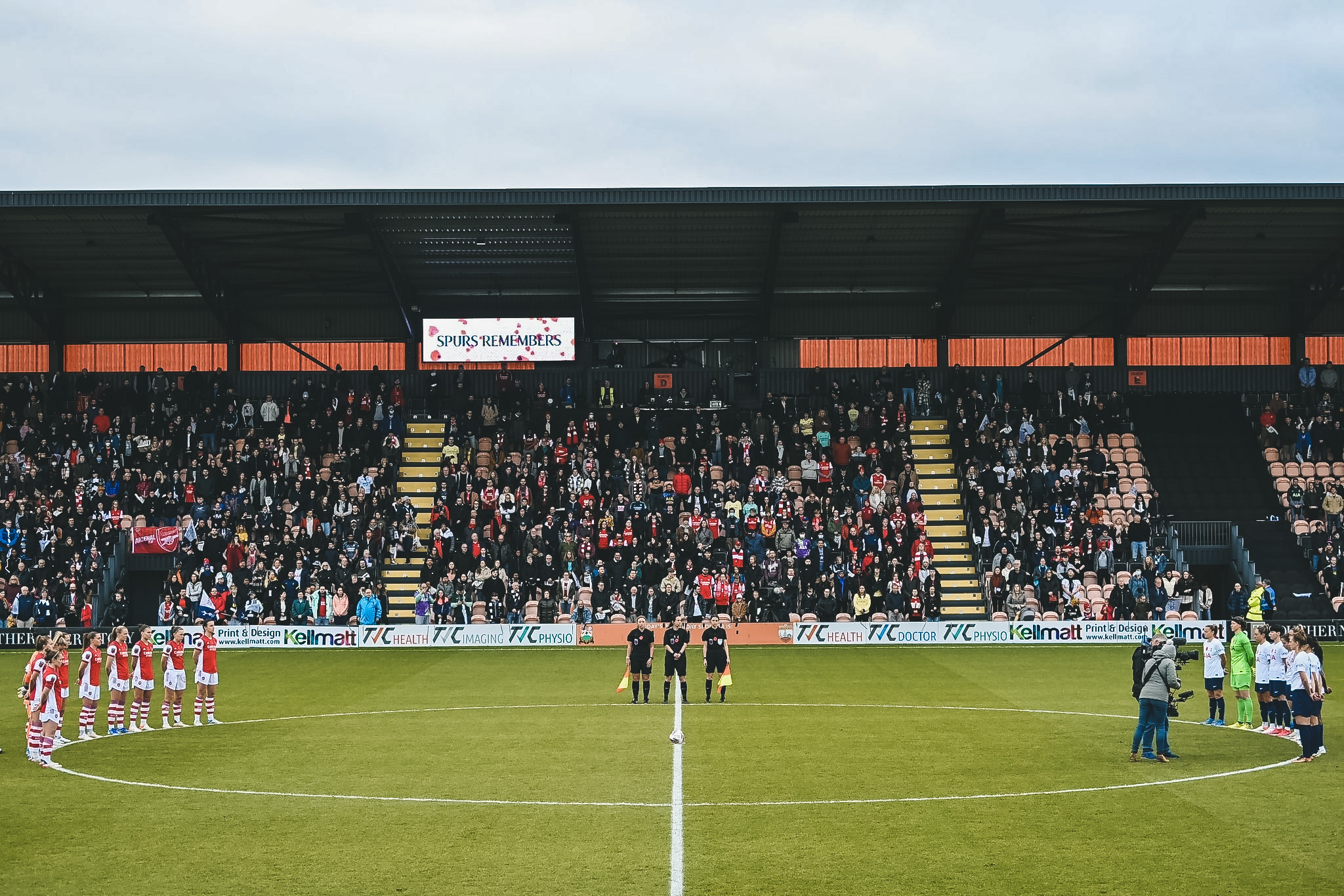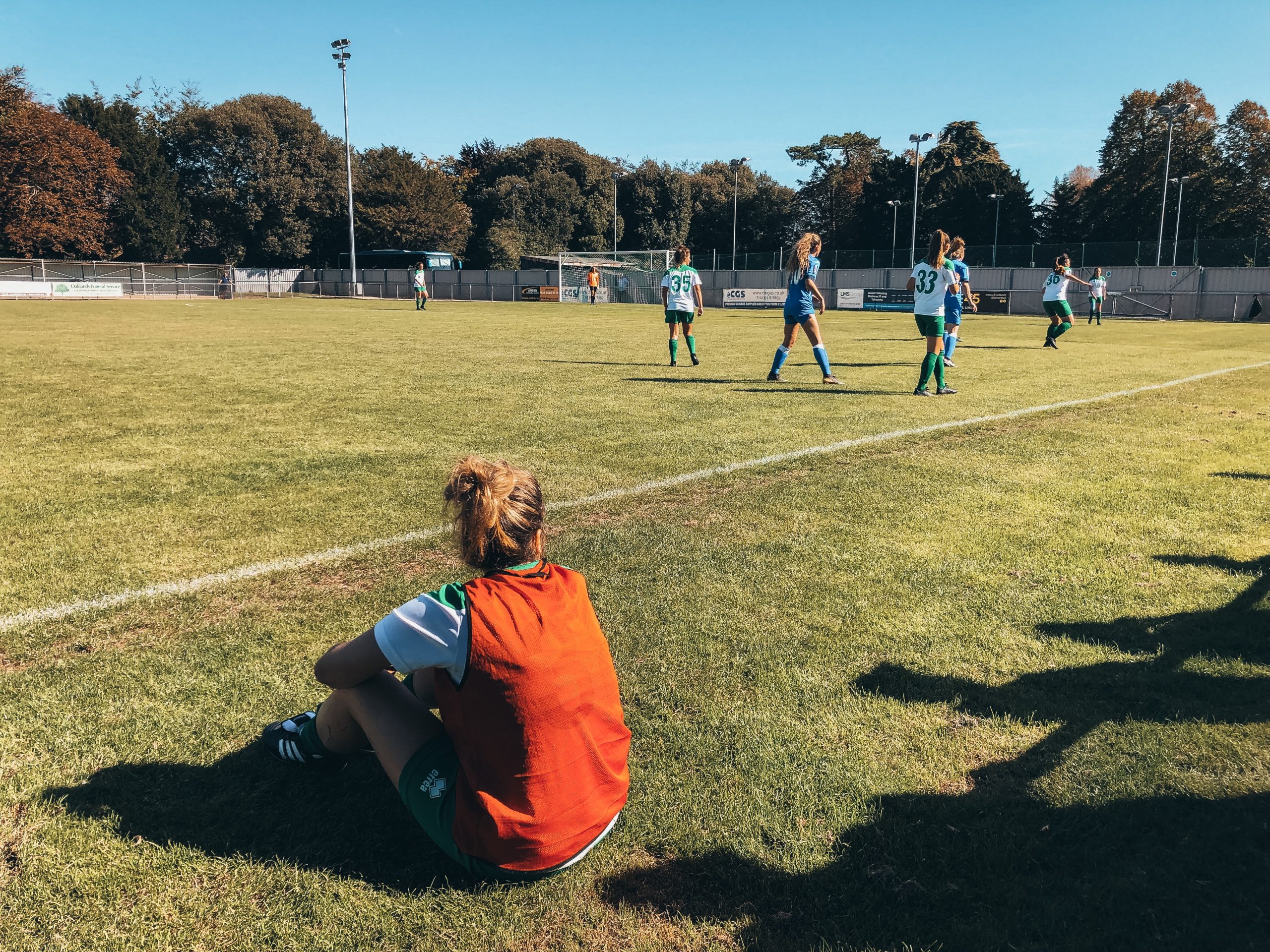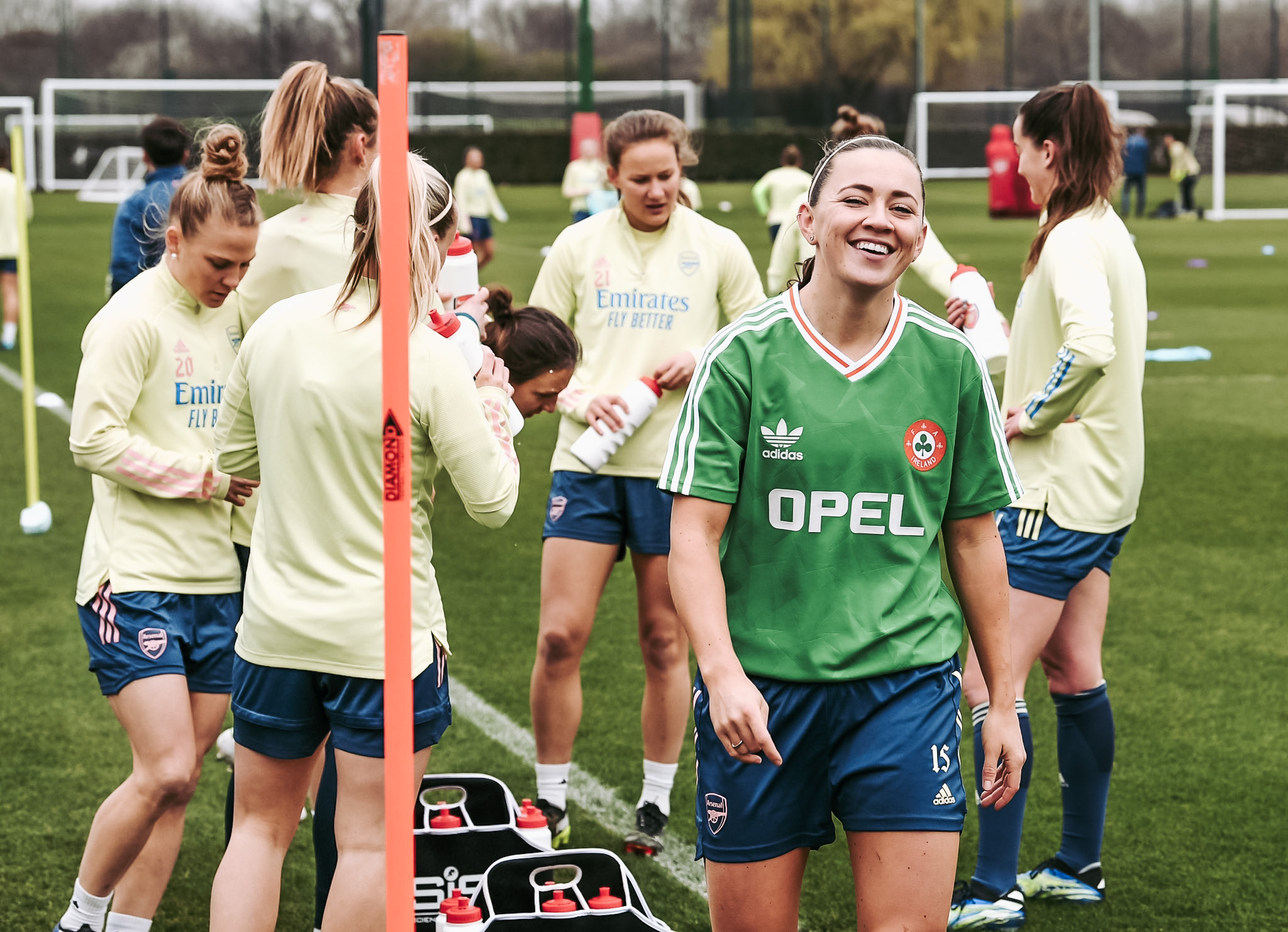Two months ago, had somebody said that the Women’s Super League table would read as it does today, I would have shaken my head, scoffed and probably offered a mordant remark. But fast forward to match week seven and a fairly baffling set of results hits me square in the face. Yet the more the table is studied, the more it is welcomed. A swift double take confirms the early shake-up that is long overdue.
Let’s lay it out. Last season’s third-placed team, Arsenal are top of the crop, just one point above defending champions Chelsea. Manchester United who finished up fourth last year, and who narrowly missed out on a Champions League place, are in sixth, and Reading remain middle of the park in eighth. Birmingham City and newly promoted Leicester City lay in the relegation zone.
But here is where it gets really interesting. Manchester City, who previously placed second, presently lay in ninth position, and predicted Champions League challengers Everton fall one below that. On the flip side, Tottenham Hotspur, who concluded last season in eighth place, are currently fourth with a win tally that almost levels their previous campaign. Brighton and Hove Albion, who have quietly come into contention, are in third place with just four points separating them from the Gunners.
A league turned on its head it may seem, but this is precisely what is needed. Large score lines and consecutive dominance, whilst novel for a while, soon become mundane. Neither team can take very much from it. For the winning team, it provides no test, and for the opposition it is nothing more than a disheartening affair. So, when presented with a set of results that are far closer than previously witnessed, a sigh of relief is internally drawn. This is heading in the right direction.
Using the recent ‘women’s football weekend’ as an example, we find a slightly unexpected set of results. An unbeaten Arsenal came unstuck against an ambitious Tottenham Hotspur when the Lilywhites took a surprising lead. Manchester City were thumped 4-0 by a substandard Chelsea at home, their second loss to the London Blues in as many weeks. A rousing Everton eventually found the equaliser to disappoint a slack Manchester United, and Aston Villa managed to clinch three points and win their first ever Second City Derby.
This volatility can be applied across the entire women’s football pyramid. Last week Crystal Palace registered a 3-1 victory over title contenders Durham in the Women’s Championship. In the same week Blackburn Rovers managed to pin down league leaders Liverpool to a nil-nil draw. In the FA Cup Third Round Qualifying, Tier Seven side Bromley Ladies beat Tier Five team Hastings United 2-0 in their first ever FA Cup competition. In the First Round Proper Chorley Women came from 3-1 down and took Middlesbrough Women down to the wire, winning 4-1 on penalties (4-4 FT) after a pulsating 120-minute thriller.
This is the football one cries out for. The elation. The heartbreak. The unpredictable.
Aside from a slight shuffle of the pack, the top flight of women’s football has remained largely unchanged in recent times. The ‘top three’ of Arsenal, Chelsea and Manchester City have been just that. To be clear, drastic change across the top is unlikely come the conclusion of this season (although third place looks to be wide open at present). However, the gulf that separates these top teams, and those who typically place further down, appears as if it is being somewhat bridged.
Really, it is about time. Spurs should contest Arsenal. Brighton should strive for the top third of the table. West Ham should have their sights set on that midway point. A tighter competition is exactly what the women’s game needs. It challenges players, pushes for detailed analysis, demands tactical onus and irradiates complacency.
For lower ranked sides it increases confidence knowing they can truly compete and can swing momentum favourably. It enables teams at the top to confront weaknesses that may have been hiding in plain sight and forces them to bring their best football to every occasion. Simply, a win that is earned is far sweeter than a win that is gifted.
But further than this, it allows the league, and the game, to become a far more marketable product. A fully competitive league shows that women’s football is worth investing in, that standards are rising and provides evidence for the resources that have been put in, whilst reiterating that they should continue to be. One understands that pumping in capital and resources is ‘not just as simple as that, but the point stands. A competitive league draws an invested audience.
Support will grow if there is a credible notion that Aston Villa will test Manchester City, that Leicester City can keep a clean sheet against Chelsea, that the North London Derby will remain enthralling until the 90th minute. Rivalries will become established, matchdays will become occasions and the league will become more attractive, thus leading to greater external interest. In turn, this can trickle further down the pyramid. Those who ‘catch the bug’ may look to watch their local teams, and women who enjoy the benefits of the sport may find themselves wanting to play for a team of their own.
So, whilst one reiterates, drastic changes are perhaps not quite yet on the horizon, it is most encouraging to see the desire of emergent ‘top’ clubs to stamp their authority. But more encouraging still is the impact this higher quality football will inevitably impart across the whole pyramid. Slowly but surely, things are on the up.
Photo: @ArsenalWFC









